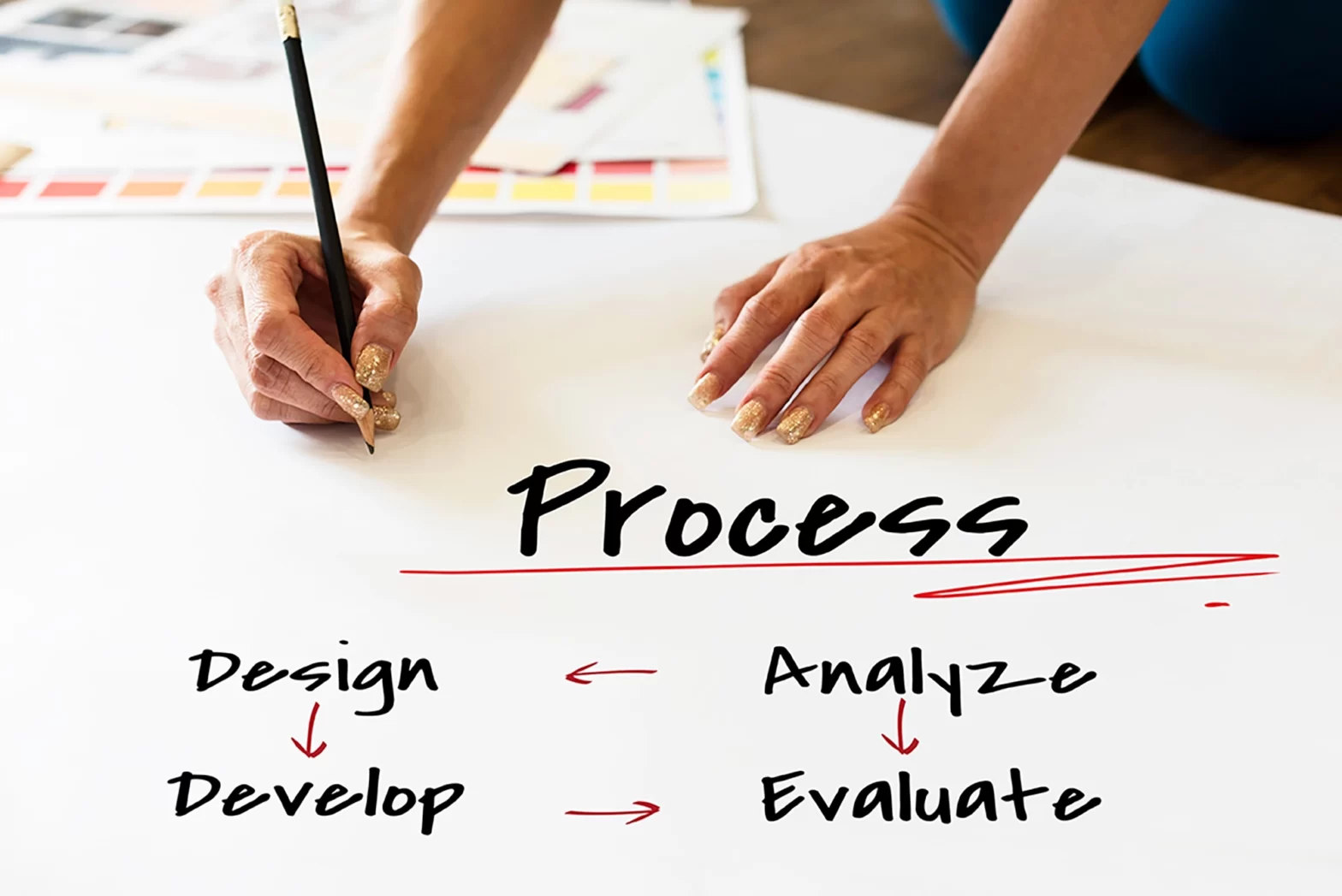The UX (User Experience) process is a methodology that aims to create user-friendly and effective digital products by focusing on the user’s needs, preferences, and behaviors. Here are the simple steps of the UX process:
The UX process generally includes several steps, and while it can vary depending on the project and organization, here are the most common steps:
Research: This stage involves gathering information about the user’s needs, behaviors, and expectations. Research methods may include surveys, interviews, focus groups, analytics data, and competitive analysis.
Design: Based on the research insights, designers create wireframes, prototypes, and mockups. This stage also includes creating a user flow, which is a visual representation of how users will navigate the interface.
Testing: Testing involves giving the prototype to users and observing their behavior and feedback. It can be done in-person or remotely, and can include methods like A/B testing, usability testing, and user testing.
Implementation: After testing, designers finalize the design and prepare it for development. They create detailed specifications and work closely with developers to ensure that the design is implemented correctly.
Launch: The final stage involves launching the product to users. Designers may continue to monitor user feedback and iterate on the design as needed.
Overall, the UX process involves a continuous cycle of research, design, testing, and iteration to create a user-centered product.






